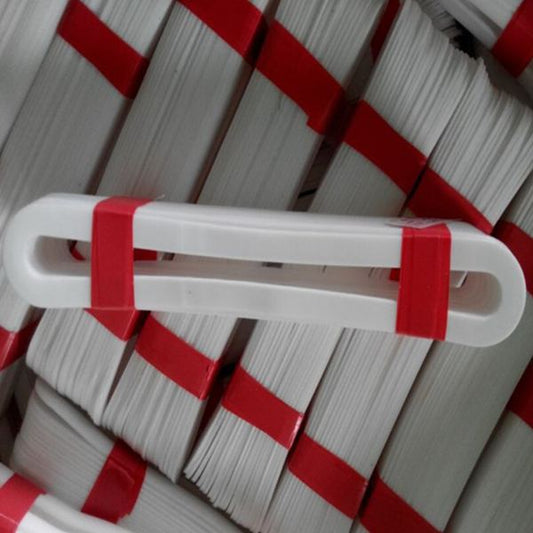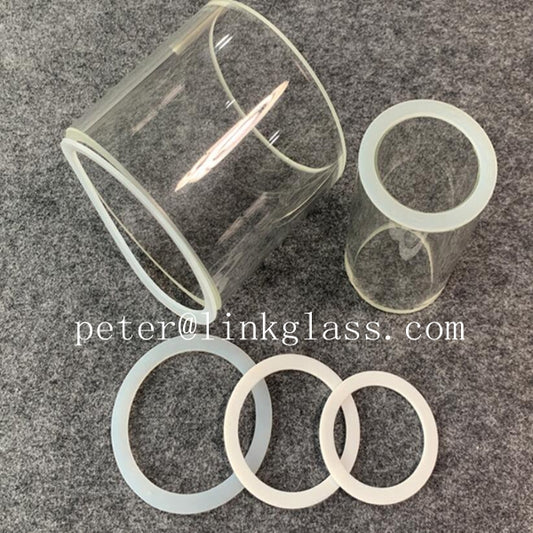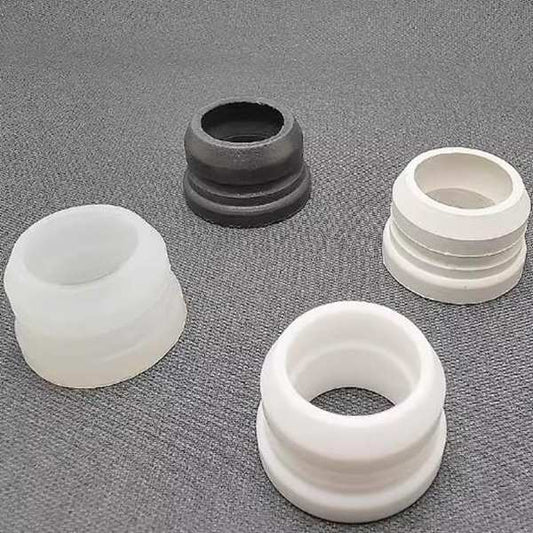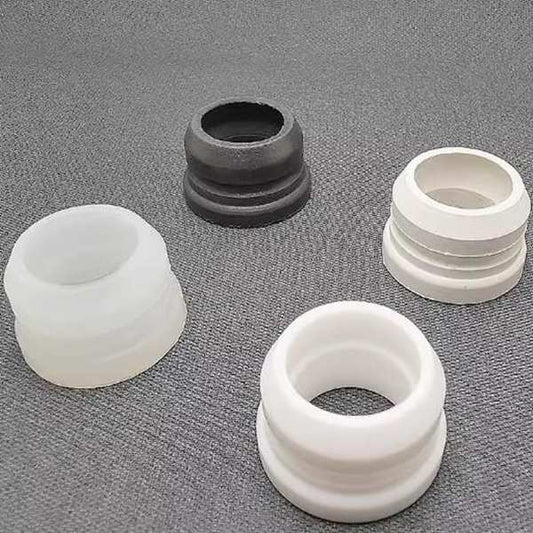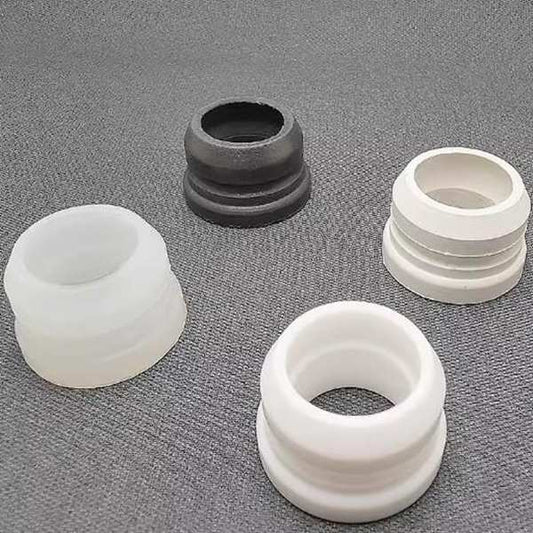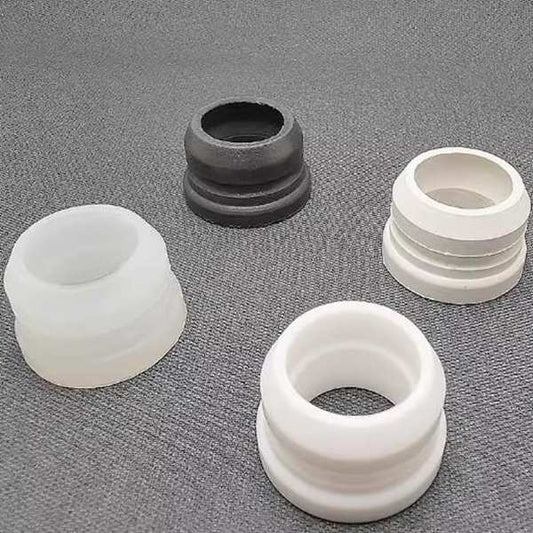Collection: PTFE Gasket/fluororubber gasket/silicone rubber
A gasket is a mechanical seal that fills the space between two or more mating surfaces, generally to prevent leakage from or into the joined objects while under compression. Here's a breakdown of key points about gaskets:
-
Material: Gaskets are made from various materials depending on the specific application requirements. Common materials include rubber (such as neoprene, nitrile, or silicone), cork, paper, felt, metal (such as stainless steel or copper), fiberglass, and PTFE (polytetrafluoroethylene, often sold under the brand name Teflon).
-
Types: Gaskets come in different types and shapes to suit specific applications. Some common types include:
- Flat gaskets: Simple gaskets with a flat shape, often made of materials like rubber or cork, used in low-pressure applications.
- Spiral wound gaskets: Composed of a V-shaped metal strip wound in a spiral with a soft filler material, suitable for high-pressure and high-temperature applications.
- Ring gaskets: Circular gaskets, typically made of metal or rubber, used in flanged connections.
- O-ring gaskets: Round gaskets with a circular cross-section, often made of rubber, used to seal static or dynamic connections, such as in hydraulic systems.
- Sheet gaskets: Cut from large sheets of gasket material and used for custom sealing applications.
-
Applications: Gaskets are used in a wide range of industries and applications, including automotive engines, plumbing systems, manufacturing equipment, pipelines, aerospace, HVAC systems, electrical enclosures, and more.
-
Function: When two mating surfaces are tightened together, the gasket compresses, filling any irregularities or imperfections in the surfaces and creating a tight seal. This prevents fluids or gases from leaking out or entering the joint.
-
Sealing Considerations: Proper selection of gasket material is crucial to ensure effective sealing and longevity. Factors to consider include temperature, pressure, chemical compatibility, fluid type, flange design, and environmental conditions.
-
Installation: Gaskets are typically installed between mating flanges or surfaces during assembly. Care should be taken to ensure proper alignment, even compression, and correct torque during installation to prevent leaks.
-
Maintenance: Gaskets may degrade over time due to factors like temperature cycling, chemical exposure, or mechanical stress. Regular inspection and replacement of worn or damaged gaskets are important to maintain system integrity and prevent leaks.
Overall, gaskets play a vital role in sealing applications across various industries, helping to prevent leaks and ensure the efficient and safe operation of mechanical systems.
-
Graphite paper graphite sealing graphite gasket
Prix habituel Du $6.50 USDPrix habituelPrix unitaire / par -
A4 reflex gauge level glass with gasket product
Prix habituel $0.00 USDPrix habituelPrix unitaire / par -
fluorophlogopite sealing gasket
Prix habituel $0.00 USDPrix habituelPrix unitaire / par -
Gasket for level gauge glass
Prix habituel Du $2.00 USDPrix habituelPrix unitaire / par -
Flat silica gel and PTFE gasket ring for glass tube sight glass
Prix habituel Du $2.00 USDPrix habituelPrix unitaire / par -
Silica gel rubber gasket for cock liquid level gauge
Prix habituel Du $2.50 USDPrix habituelPrix unitaire / par -
EPDM Ethylene Propylene Diene Monomer gasket for tube liquid level gauge
Prix habituel Du $2.50 USDPrix habituelPrix unitaire / par -
PTFE polytetrafluoroethylene gasket for tube liquid level gauge
Prix habituel $6.00 USDPrix habituelPrix unitaire / par -
FKM gasket Viton Rubber Gasket fluoro rubber gasket for cock liquid level gauge
Prix habituel Du $4.00 USDPrix habituelPrix unitaire / par




